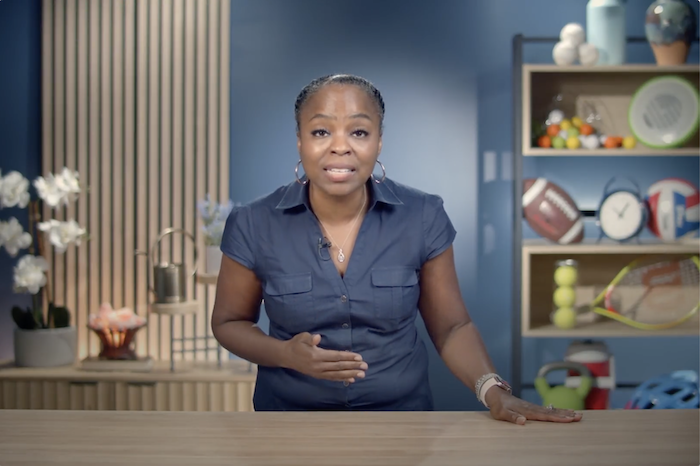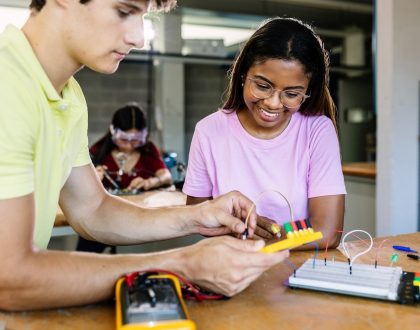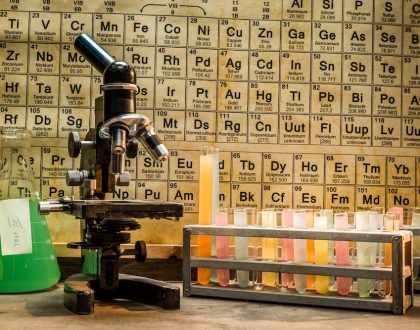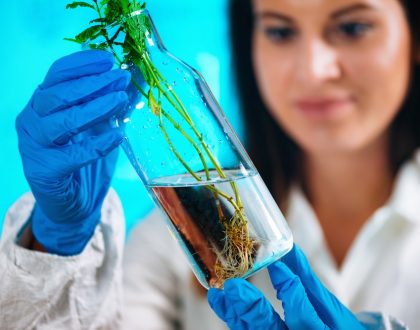Physical Education
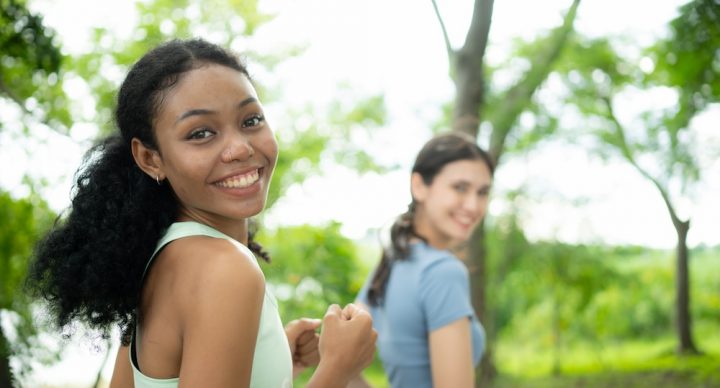
Course Features
Course Details
Course Overview
The Physical Education course is designed to provide students with a comprehensive understanding of various aspects of physical fitness and activity. The course begins with an Introduction to Physical Education, focusing on safety practices, muscular strength, flexibility, and cardiovascular endurance. Students learn to analyze their fitness levels and understand the importance of warm-up and cool-down techniques, laying the foundation for a lifetime of physical well-being.
As the course progresses, students delve deeper into Fitness Principles and Efficiency Workouts, exploring different types of workouts, body composition, aerobic and anaerobic activities, and resistance training. They also focus on specific sports such as soccer, football, basketball, and baseball, learning their history, rules, essential skills, and the importance of protective equipment. Aquatics instruction in swimming techniques further enhances their physical capabilities. Additionally, students explore individual and dual activities like tennis, badminton, and volleyball, emphasizing cooperation and teamwork. Throughout the course, critical thinking skills are developed, enabling students to problem-solve in physical activity settings.
Physical Education also addresses safety, biomechanics, goal-setting, fitness assessment, and advanced concepts such as extreme environment safety and the societal benefits of physical fitness. By the course's end, students emerge with not only improved physical abilities, but also with a deep understanding of how physical activity contributes to overall health and well-being.
Sample Lesson - Warm-Up and Cool-Down Importance
 This course was developed by the International Academy of Science.
Learn More
This course was developed by the International Academy of Science.
Learn More
Scope and Sequence
Unit 1: Introduction to Physical Education In this unit, students will be introduced to the fundamental concepts of physical education, including safety practices, muscular strength, flexibility, and cardiovascular endurance. They will learn how to analyze their present fitness levels and understand the importance of warm-up and cool-down techniques. By the end of this unit, students will have a foundational understanding of the role of physical activity in their daily lives.
Unit 2: Fitness Principles and Efficiency Workouts This unit focuses on exploring different types of workouts and understanding the principles behind them. Students will learn about high-efficiency workouts, body composition, aerobic and anaerobic activities, as well as resistance training. They will also delve deeper into improving cardiovascular endurance and muscular strength. By the end of this unit, students will have a comprehensive understanding of various fitness principles and how to apply them effectively.
Unit 3: Sports Focus - Soccer In this unit, students will explore the sport of soccer, including its history, rules, scoring, and essential skills such as dribbling, passing, offense, and defense. They will also learn about the importance of protective equipment in preventing injuries while playing soccer.
Unit 4: Aquatics - Swimming Techniques This unit focuses on swimming techniques, including breaststroke, backstroke, butterfly stroke, and sidestroke. Students will learn the proper movement patterns for each stroke and understand how to transition between them. By the end of this unit, students will be proficient swimmers capable of executing various strokes.
Unit 5: Sports Focus - Football Students will delve into the world of football, learning about its history, rules, passing, receiving, kicking, offense, defense, and the use of protective equipment. By the end of this unit, students will have a comprehensive understanding of football and its various aspects.
Unit 6: Sports Focus - Basketball This unit introduces students to basketball, covering its history, rules, passing, dribbling, shooting techniques, offense, and defense. Students will also learn about the importance of teamwork in basketball and how to effectively execute offensive and defensive strategies.
Unit 7: Sports Focus - Baseball In this unit, students will explore baseball, including its history, rules, pitching, catching, batting, and the use of protective equipment. They will also focus on developing hand-eye coordination, a crucial skill in baseball.
Unit 8: Individual and Dual Activities This unit covers various individual and dual activities such as tennis, badminton, ping-pong, golf, volleyball, lacrosse, and wrestling. Students will learn the rules, skills, and techniques required for each activity, as well as the importance of cooperation and teamwork.
Unit 9: Additional Activities and Critical Thinking Students will explore additional activities such as bowling, archery, hockey, cycling, and Tabata. They will also develop critical thinking skills applicable to physical activity and dance settings, enabling them to solve problems and think critically both individually and in groups.
Unit 10: Introduction to Dance and Motor Skills This unit introduces students to different dance forms such as line dance and stepping, focusing on developing balance, reaction time, and agility. Students will also learn about the FITT principle and its application in designing personal fitness plans.
Unit 11: Fitness and Biomechanics In this unit, students will learn about the principles of biomechanics, including leverage, force, inertia, rotary motion, opposition, and buoyancy. They will understand how biomechanics can enhance performance in various physical activities.
Unit 12: Skill Acquisition and Performance Improvement Students will explore strategies for skill acquisition and performance improvement in individual, dual, aquatic, and dance activities. They will learn how to modify practice/training plans based on evaluative feedback and detect skill errors to make necessary improvements.
Unit 13: Safety and Personal Responsibility This unit focuses on physical and emotional safety in physical activity settings, as well as injury prevention and first aid. Students will also learn about personal responsibility and how to analyze physical situations effectively.
Unit 14: Domain Factors and Social Interactions Students will explore how physical, emotional, cognitive, and scientific factors influence performance in physical activities. They will also learn about the importance of positive social interactions, teamwork, and cooperation.
Unit 15: Personal Goals and Fitness Management In this unit, students will set personal fitness goals and learn how to manage their fitness effectively through nutrition, hydration, and sleep. They will also explore the importance of consistent physical activity in maintaining overall health and well-being.
Unit 16: Fitness Assessment and Maintenance Students will learn how to assess their fitness levels using physical fitness tests and develop personalized fitness programs to improve and maintain their physical fitness. They will also explore various fitness resources available in their communities.
Unit 17: Advanced Concepts and Applications In this final unit, students will delve into advanced concepts such as extreme environment safety, physical fitness requirements for different occupations, and the importance of consistent physical activity in reducing healthcare costs. They will also explore the social and personal benefits of achieving optimal performance in physical activities.


